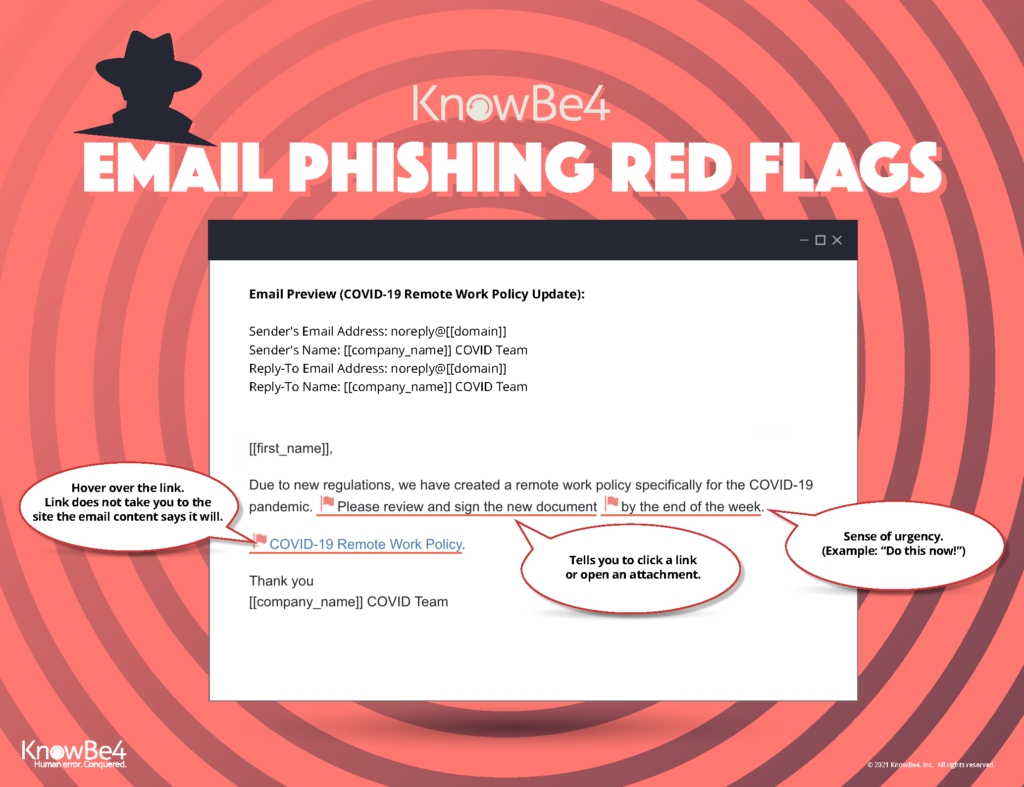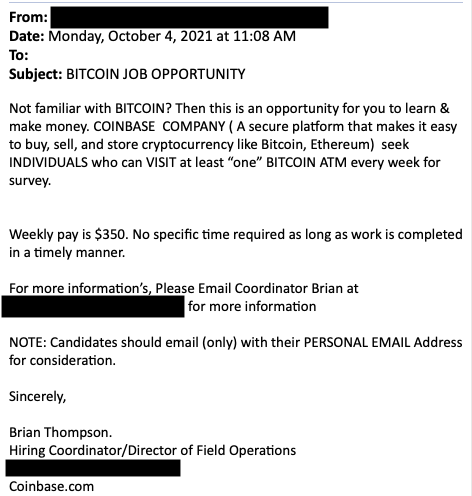According to National Cybersecurity Alliance, phishing is one of the oldest forms of cyber-attacks that continues to grow. In fact, 43 percent of cyberattacks in 2020 featured phishing or pre-texting, while 74 percent of US organizations experienced a successful phishing attack last year alone. That means that phishing is one of the most dangerous cyber-attacks to an organization’s cybersecurity health. As a result, the need for proper anti-phishing hygiene and best practices is an absolute must.
With that in mind, here are a few quick best practices and tips for dealing with phishing threats at The College of Wooster and beyond.
Know the Red Flags
Phishes are masters of making their content and interactions appealing. From content design to language, it can be difficult to discern whether content is genuine or a potential threat, which is why it is so important to know the red flags. Awkward and unusual formatting, overly explicit call outs to click a hyperlink or open an attachment and subject lines that create a sense of urgency are all hallmarks that the content you received could be potentially from phish and indicate that it should be handled with caution.

Verify the Source
Phishing content comes in a variety of ways; however, many phishes will try to impersonate someone you may already know — such as a colleague, service provider or friend — to trick you into believing their malicious content is trustworthy. Don’t fall for it. If you sense any red flags that something may be out of place or unusual, don’t click on anything and reach out to the Help Desk to notify us of a potential phishing scam.

Be Aware of Vishing and Other Phishing Offshoots
Phishes have diversified their phishing efforts beyond traditional email. For example, voice phishing — or vishing — has become a primary alternative looking to gain sensitive information from unsuspecting individuals. Like conventional phishing, vishing is typically executed by individuals posing as a legitimate organization — such as a healthcare provider or insurer — and asking for sensitive information. Simply put, it is imperative that you be wary of any sort of communication that asks for personal information whether it be via email, phone, or chat — especially if the communication is unexpected. If anything seems suspicious, again, break-off the interaction immediately and contact the company directly to confirm the veracity of the communications.
Conclusions
Phishing may be “one of the oldest tricks in the book,” but it is still incredibly effective. And although it may seem hard to spot, by exercising caution and deploying these few fundamentals, you can reduce your risk of falling for a phishing attack. Don’t get phished.
